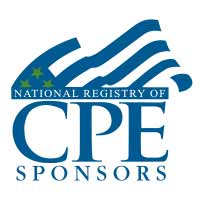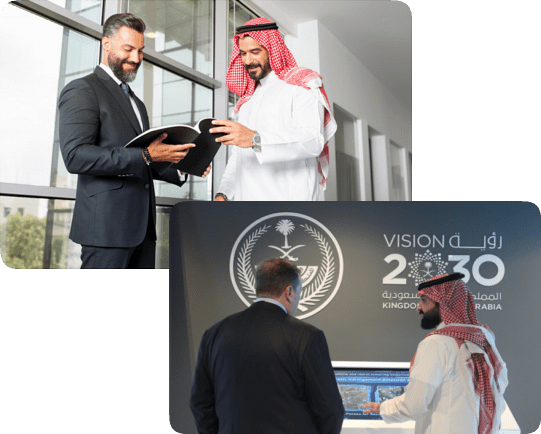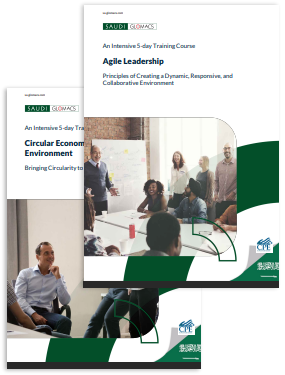An Interactive 5-Day Training Course
Gas Explosion and Other Hazards of LNG Facilities
Understanding the Principles of Multiple Hazards Associated
with Fire and Explosions
Course Overview
This GLOMACS training course covers gas explosion hazards and other hazards encountered on LNG facilities. It addresses all aspects of hazards associated with vapor cloud explosions (VCEs): ignition processes, release and dispersion, explosion mechanisms, blast load and modeling of all these aspects.
It is essential for fire safety and risk management personnel to understand the principles of fires and explosions in order to determine how fires start and spread, and how explosions occur. Expert knowledge of hazardous area classification is also vital to enabling proper selection and installation of equipment to be used safely in hazardous LNG environments.
In this 5-day Gas Explosion and Other Hazards of LNG Facilities training course, you will acquire comprehensive knowledge on the causes and properties of explosions, with an emphasis on those involving gases.
Through this GLOMACS training course, you will:
- Understand the properties of flammable and explosive materials as well as their ignition mechanisms
- Discover how mechanical and system failures contribute to major accidents
- Learn about common fire detectors, alarm systems and procedures
- Understand the purpose of classifying hazardous areas, materials and temperature
- Understand equipment protection plans
- Understand LNG release and dispersion
- Understand LNG safety regulations
- Understand Explosion modelling
- Understand Mitigation
- Understand Preventive measures
- Understand Consequence models and QRA methodology
- Understand The oil and gas industry structure
- Understand the LNG project lifecycle
This GLOMACS training course will cover:
- Contemporary issues and industry trends
- Technical aspects of oil and gas creation and development
- Understanding of the gas liquefaction process
- How LNG is stored, loaded and shipped
- Reviewing the structure of LNG receiving terminals
- Appreciation of LNG hazards and safety considerations
- Understanding of the basics and important parameters governing LNG release and dispersion
- Awareness of LNG release and accident statistics and some important LNG accidents
- Understanding of the basics and important parameters governing vapor cloud explosions (VCEs)
- Understanding of the accident chain of events and the important parameters affecting the LNG release and dispersion
- Understanding of various preventive measures to reduce the occurrence of accidents and various mitigation and control techniques to reduce explosion consequences
- Understanding the
-
- Properties of LNG
- Hazards of LNG
- Physical reaction of LNG
- Specialist equipment, including PPE
- Exclusion and hazard distances and behaviors
- Large scale incidents, including BLEVE
- Effects and impacts on the response environment
- Coaching and mentoring during practical / table top based scenario discussions
- Learning the different gas explosion analysis methods and when they may be applied
- Understanding of how gas explosion loads can be integrated with the responses of structures
Training Outline
DAY 1: Determination of Course Goals & Introduction to LNG Gas Explosions
- Introduction to the Fundamentals of LNG
- LNG historical accidents – Cleveland explosion, Skikda LNG liquefaction facility explosion, other minor incidents
- Gas explosion basics
- LNG accident consequences models
- Prevention and mitigation
- Cryogenic spill hazards and protection
DAY 2: Hazards
- Gas explosion Hazards
- Explosion risk analyses
- Basic hazard identification methods – HAZID, release scenarios, potential for explosions
- Dispersion models – passive/lighter than air, momentum jet, heavy gas and CFD techniques
- Understanding FMEA and other tools for assessing Hazards
- LNG Hazard and Risk Assessment
- Risk Analysis and Safety Implications of a Large Liquefied Natural Gas (LNG) Spill Over Water
- Group Table Top exercise
DAY 3: Assessment and Analysis
- LNG safety regulations – NFPA 59A, EN 1473
- Hazard assessment methodologies – deterministic v probabilistic methods
- Deterministic analyses – onshore liquefaction (export and truck-loading facilities)
- Probabilistic analyses – onshore liquefaction
- Probabilistic analyses – floating LNG (safety gaps, grated decks, layout examples)
- Group Table Top exercise
DAY 4: Mitigation
- Explosion accidents: statistics and examples
- (Class Activity) Explosion investigation of rough 47/3B platform
- Release and dispersion in offshore facilities
- Ignition sources
- Preventative measures
- Mitigation and control
- Fires, including:
- How do fires occur?
- Characteristics of jet and pool fires
- How fires cause damage and how the potential for damage can be assessed
- Mitigation
- Fires, including:
-
- Dispersion, including:
- Characteristics of vapor dispersion following a liquid spill
- Potential effects of delayed ignition
- Gas accumulation within confined structures
- Dispersion of releases in onshore and offshore facilities and from Pipelines
- Dispersion, including:
-
- Explosions, including:
- Mechanism for pressure generation in congested process regions
- Effect of confinement and congestion on explosions
- Deflagration to detonation transition
- Methods for estimating explosion loading and mitigation
- Explosions, including:
DAY 5: Explosion Modelling
- Explosion modelling – VCE, confined, semi-confined, vessel burst and dust explosions
- Fire modelling – pool, jet, fireballs and assumptions
- Application of results – inputs to risk analysis, QRA, LOPA etc. along with emergency response plans, escape and evacuation
- Explosion Risk Management:
- Objective and motivation
- Simple approach
- Advanced approach
- Selected analysis examples I
- Selected analysis examples II
- Explosion loading and structural response
Certificates
- On successful completion of this training course, GLOMACS Certificate will be awarded to the delegates
- Continuing Professional Education credits (CPE) : In accordance with the standards of the National Registry of CPE Sponsor, one CPE credit is granted per 50 minutes of attendance
Accreditation


GLOMACS is registered with NASBA as a sponsor of Continuing Professional Education (CPE) on the National Registry of CPE Sponsors. NASBA have final authority on the acceptance of individual courses for CPE credit. Complaints regarding registered sponsors may be submitted to the National Registry of CPE Sponsors through its website: www.learningmarket.org.
All Training Seminars delivered by GLOMACS by default are eligible for CPE Credit.


About Saudi Glomacs
At Saudi GLOMACS, we specialize in delivering world-class training courses in Saudi Arabia and across various international locations. Our training courses are tailored to meet the unique demands of Saudi Vision 2030 and the Human Capability Development Program, focusing on empowering Saudi citizens and enhancing workforce skills. We offer diverse courses spanning leadership, management, engineering, and technical disciplines to cultivate expertise and drive professional growth. Our flexible learning options—whether in-person, online, or in-house—ensure accessibility and convenience for individuals and organizations alike.
With over 30+ years of experience through the GLOMACS global network, we are committed to delivering innovative, results-driven training solutions. Our expert instructors combine industry knowledge with dynamic teaching methods, fostering practical skill development and long-term career success. By choosing Saudi GLOMACS, you're investing in personal excellence and contributing to the Kingdom’s sustainable economic growth and vision-driven transformation.
What do you need to learn next?
Check our list of courses or let us customize a course for you.
View courses


